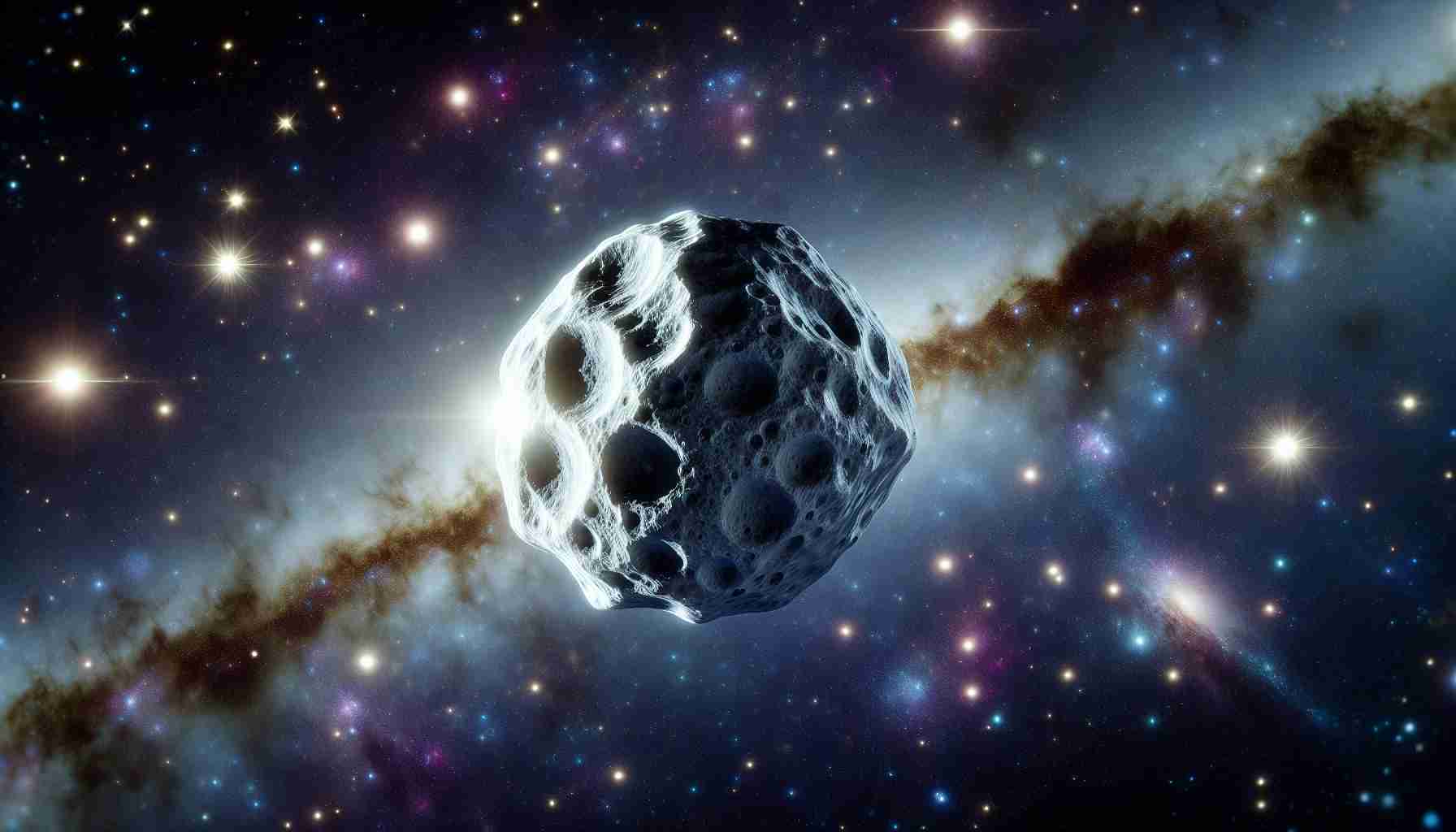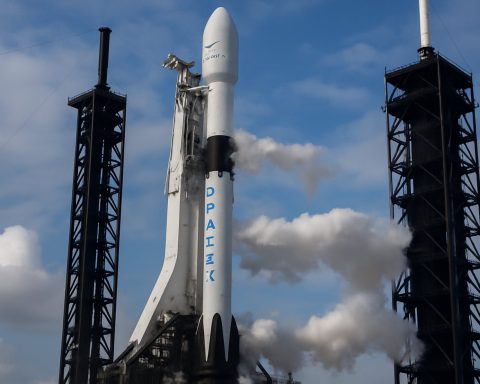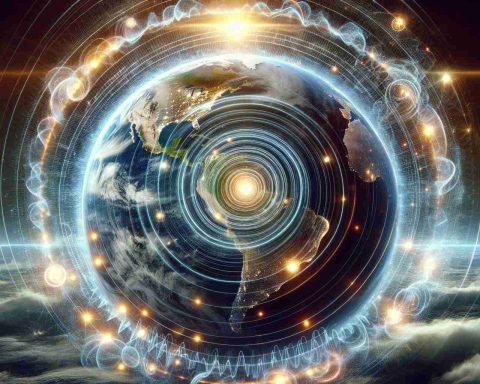- Asteroid 2024 YR4 poses a 2% chance of impacting Earth in 2032, highlighting cosmic unpredictability.
- Sized between 131 and 295 feet, it could cause significant regional disruption despite being smaller than the dinosaur-extinction asteroid.
- The James Webb Space Telescope is being utilized to study the asteroid’s orbit and composition via infrared light.
- Global observatories, including Pan-STARRS in Hawaii, are crucial in tracking and providing insights for planetary defense.
- Astronomers plan further observations, with Webb focusing on its thermal behavior and trajectory in May, enhancing our understanding of this celestial visitor.
A celestial pebble glides silently across the heavens—a reminder of the cosmos’ unpredictability. Asteroid 2024 YR4, a newfound traveler through our solar neighborhood, sparks both curiosity and caution among the scientific community. Roughly the size of a 30-story skyscraper, this space rock carries a slim 2% chance of intersecting Earth’s path in 2032.
The enormity of the universe humbles us, but this particular asteroid demands attention. Its dimensions, estimated between 131 and 295 feet, are dwarfed by the cataclysmic “planet-killer” that laid waste to the dinosaurs because of its 6-mile size. However, even a rock of this smaller size holds the potential for significant, albeit regional, disruption upon impact. Astronomers race against time, using every telescope at their disposal to unearth its secrets.
As 2024 YR4 continues its journey, scientists aim their most potent tool, the James Webb Space Telescope, at the asteroid, hoping to uncover the nuances of its orbit and composition through infrared light, revealing details beyond the capability of traditional telescopes.
Across the globe, from Chilean deserts to Hawaiian volcano summits, vigilant stargazers keep a watchful eye, tracking this rock’s path. Pan-STARRS, nestled on Haleakalā, works relentlessly, offering early insights critical to planetary defense strategies. Thanks to its strategic location, Hawaii’s telescopes stand guard, ready to alert humanity of any cosmic threats.
Time slips by as astronomers plan a second round of observations. In May, the Webb will cast its gaze once more on this distant traveler, helping refine our understanding of its thermal behavior and trajectory—an astro tale underscoring the diligent dance of celestial guardianship.
Will Asteroid 2024 YR4 Collide with Earth? Experts Weigh In!
How To Steps & Life Hacks
1. Stay Informed: Regularly check updates from credible sources like NASA or the European Space Agency (ESA) for new information about potential asteroid impacts.
2. Understanding Scale: Learn about the Torino Scale, which measures asteroid impact hazards and helps the public understand the level of concern.
3. Be Prepared for Alerts: Familiarize yourself with planetary defense systems and how agencies will communicate potential threats.
Real-World Use Cases
– Planetary Defense: The study of asteroids like 2024 YR4 helps improve our ability to deflect or mitigate potential impacts, as explored in NASA’s DART mission.
– Space Exploration: Observations of such asteroids contribute to our knowledge of the solar system’s formation and conditions, aiding future explorations.
Market Forecasts & Industry Trends
– Space Observation Technology: The trend towards enhanced space observation technology is growing, with increased investment in telescope infrastructure and private ventures focusing on asteroid mining potentially due to valuable minerals on these asteroids.
Reviews & Comparisons
– James Webb Space Telescope vs. Traditional Telescopes: The James Webb excels in capturing infrared images, offering deeper insights into the composition and trajectory of asteroids like 2024 YR4 compared to optical telescopes.
Controversies & Limitations
– Predictive Limitations: While current technology allows for better tracking and prediction, uncertainties remain due to limited observation time and computational models.
Features, Specs & Pricing
– James Webb Space Telescope: Known for its high-resolution infrared imaging, Webb’s operation cost is over $10 billion, signifying the importance of its precise capabilities.
Security & Sustainability
– Global Asteroid Monitoring Initiatives: Organizations such as the International Asteroid Warning Network contribute to global efforts to secure potential impact events.
Insights & Predictions
– Future Observations: Continued observation in May could refine the trajectory predictions, potentially lowering the collision probability.
Tutorials & Compatibility
– Understanding Trajectories: Online courses by institutions like MIT can provide more insights into orbital dynamics and space science.
Pros & Cons Overview
Pros:
– Raises awareness of celestial threats and encourages investments in space technology.
– Enhances understanding of the solar system through detailed data.
Cons:
– Public concern over potential impacts.
– High costs associated with tracking and observing near-Earth objects.
Actionable Recommendations
– Support scientific observations by advocating for more funding for space science initiatives.
– Educate yourself and others about planetary defense measures and the importance of space observation.
For more information on asteroids and planetary defenses, visit NASA and ESA.
This comprehensive overview provides everything you need to know about Asteroid 2024 YR4, from tracking its path to understanding its potential impacts. Stay informed and prepared as science unfolds this celestial drama.









